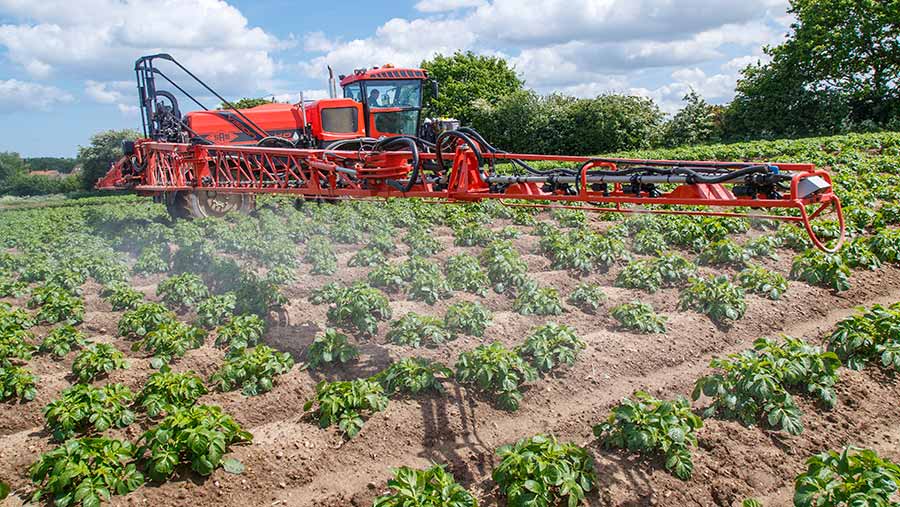The calculated amount of pesticides still present, on vegetables and fruit, which act on the nervous system, remains considerably below the safety limit with an average daily consumption. According to the RIVM, this exposure therefore does not pose a risk of harmful effects on the nervous system.
Through our food we are exposed to residues of crop protection agents almost daily. According to the RIVM, there is often simultaneous exposure to different substances, for example when different vegetables or fruits are consumed, each containing a different substance. Or when one vegetable or fruit contains various substances. Because in such situations the consumer comes into contact with several substances at the same time, this is called the ‘cumulative exposure’. RIVM has now investigated the extent of this cumulative exposure to plant protection products in the Netherlands, and whether safe limit values are exceeded with possible effects on our nervous system. The conclusion from this study is that the calculated quantity remains significantly below the deemed safe limit.
Resources
The study investigated two groups of crop protection agents that act on the nervous system: 47 agents that have short-term effects on the transmission of signals in the nervous system (so-called neurochemical effects). And 100 drugs that have short-term effects on the part of the nervous system that controls the musculoskeletal system. In the Dutch diet, cumulative exposure to both groups of plant protection products is dominated by triazophos, omethoate, methomyl and lambda-cyhalothrin. Safe limit values have been set for each of these products: maximum amounts that may be present on food products.

Reduction
According to the RIVM, exposure to triazophos and omethoate cannot be reduced by lowering the permitted amount of these agents on food. This would involve quantities that can hardly be measured anymore. According to the RIVM, efforts here can better focus on the careful screening of beans in pods for the presence of these substances. For methomyl, the maximum amount of this agent on beans in pods can still be reduced, as can lambda-cyhalothrin on spinach. For lambda-cyhalothrin on grapes, the permitted amount has recently been reduced. This can lead to a reduced exposure in the future.
Other crop protection products
This RIVM study focused on exposure to crop protection agents that act on the nervous system. In addition, according to the RIVM, our food also contains residues of crop protection agents that may cause other health effects. The European Food Safety Authority (EFSA) is currently investigating this. The aim of this research is to determine which groups of plant protection products have toxic effects on other organs in the body. Once such a group of agents is known, its co-exposure must be calculated. This determines whether there is a health risk in the Netherlands.
MRL
How many residues of crop protection agents may be on fruit and vegetables is legally determined via the so-called Maximum Residue Limit (MRL). At EU level, the Member States jointly set these MRLs, observing very large safety margins. No health risks should arise.


